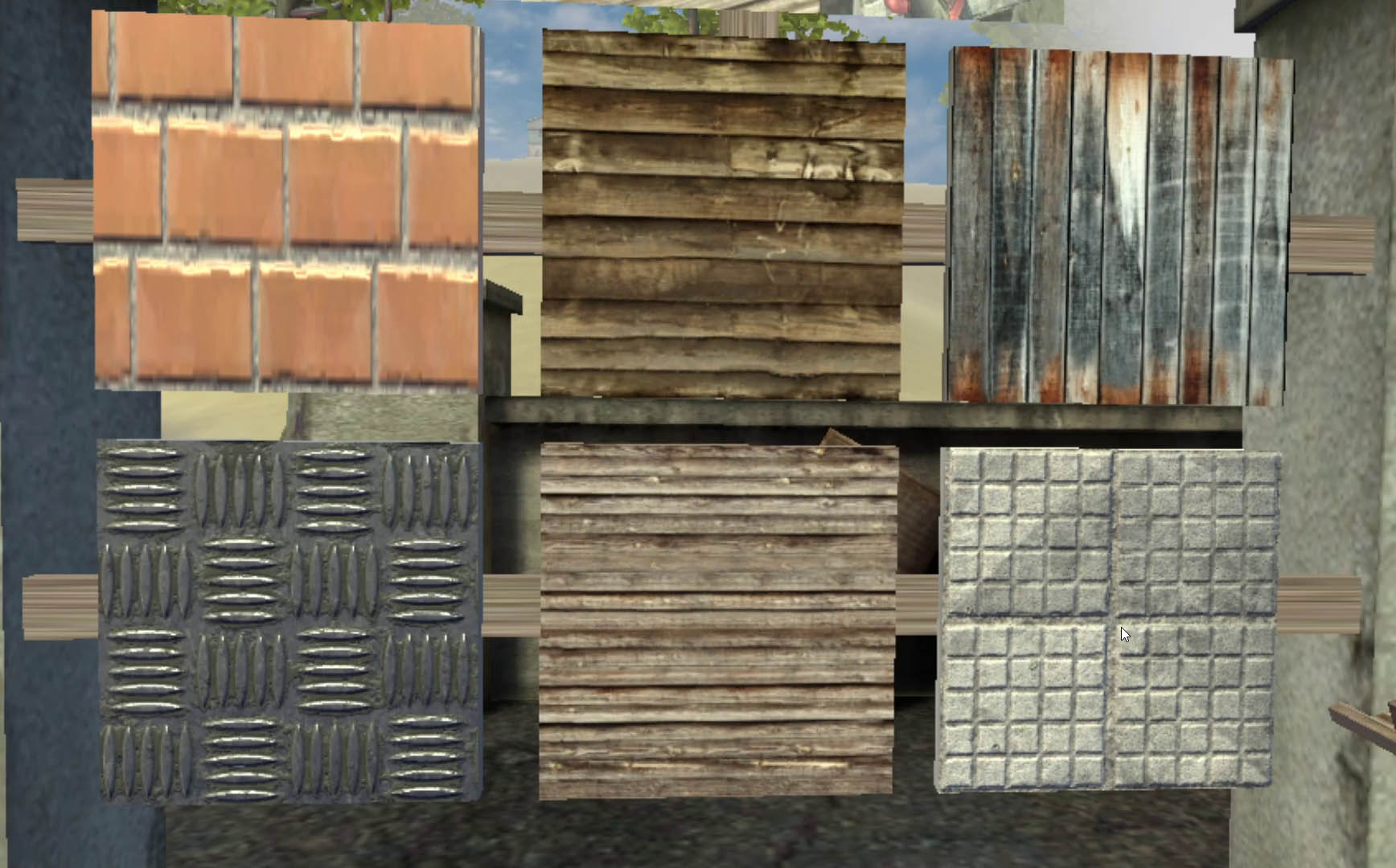
After speaking about how haptics enriches interactions and objects in XR, in this post we will dive into a specific haptic perception: haptic textures design. Easy to say, harder to do! Do not worry, Interhaptics is here to simplify your life.
Haptic textures design in extended reality
The texture sensation is easy to understand. Indeed, you look at your pullover or at a wall of bricks, and you can immediately imagine the touch sensation that the surface generates while sliding your finger against it. In the next paragraphs, we will see how we can approximate that feeling with haptic texture design in extended reality.
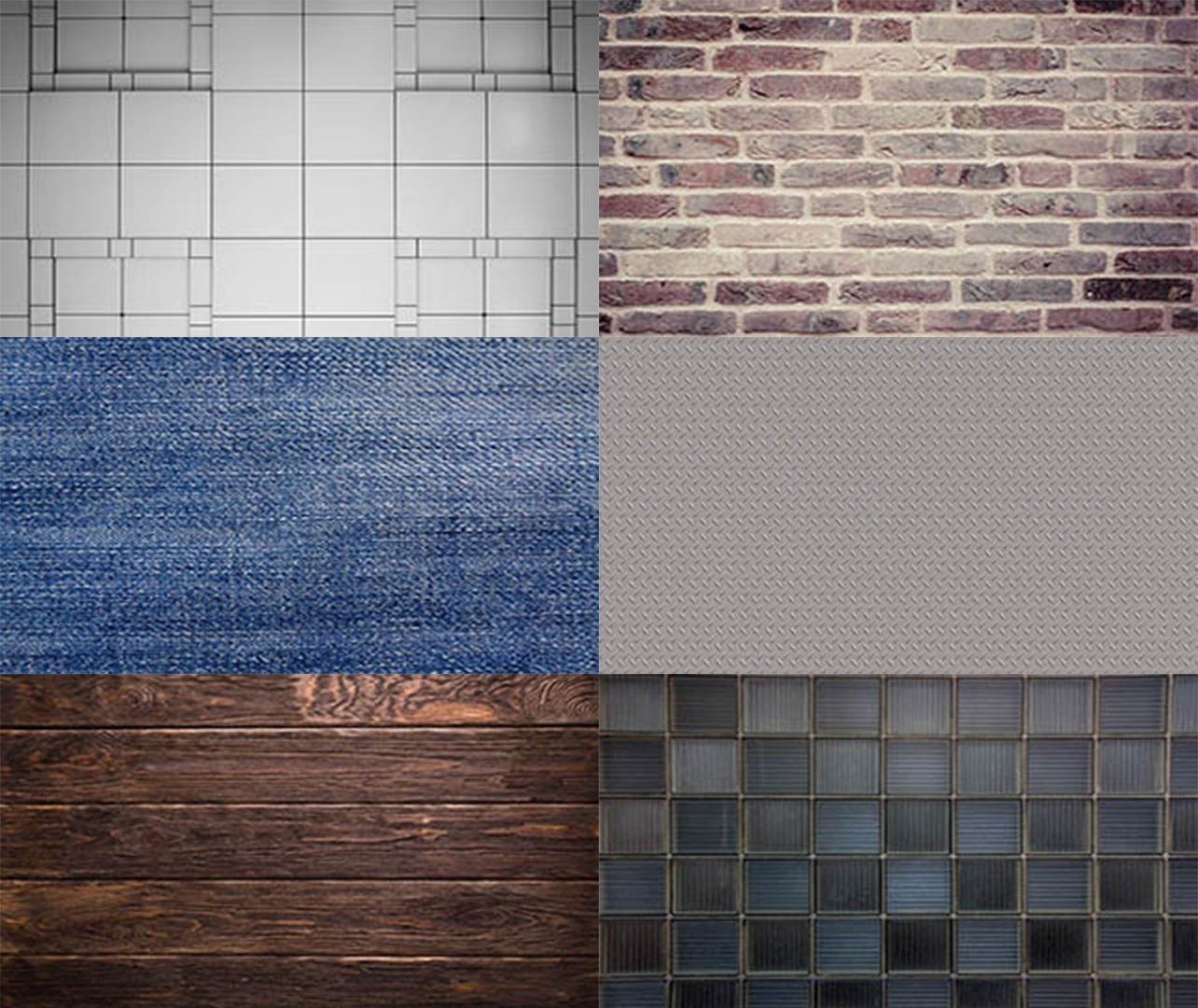
In the XR environment, haptic technology simulates the sense of touch. More specifically, haptic technologies can deliver touch sensations, simulating the real feeling of touching different surfaces. Haptics is at its beginning, but can already create a great tactile experience if used in a smart way!
Haptic textures design: how texture feeling works in real life
The particularity of textures, and thus haptic textures too, is that they are spatial. This means that the sensations you perceive change if you slide your finger slower or faster against the surface. Therefore, this characteristic is the basics to create compelling haptic texture design experiences.
Going a little deeper, the sensation of textures is the result of how thousands of tiny sensors in the finger, called mechanoreceptors, send signals to the brain. These receptors emit their signal with a rhythm, pretty much like us tapping the foot when listening to music. These thousands tapping, changing continuously while we explore a surface with different velocities, is interpreted by the brain as a unique texture.
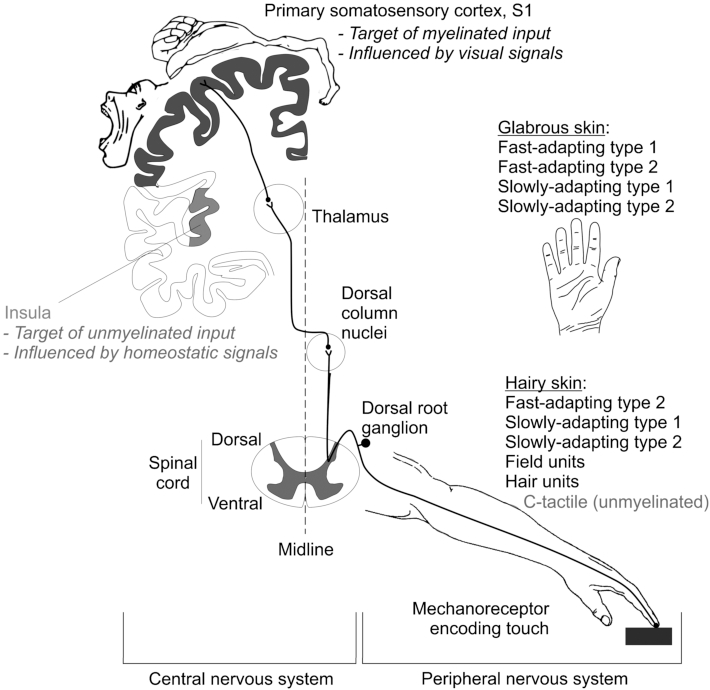
This is all pretty complicated, and scientists didn’t yet figure it out completely, but one thing is clear! One of the most important information is in the spatial period of the haptic texture, or the spatial periods of the textures! Yes, there are multiple of them.
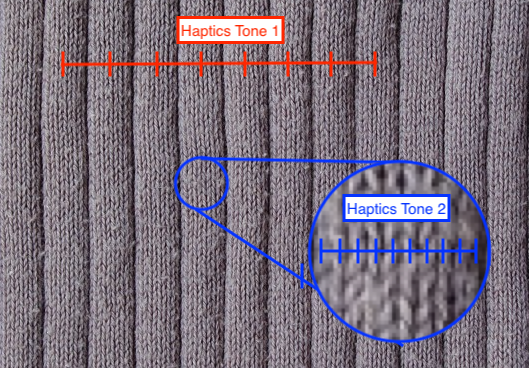
Haptic texture design with Interhaptics
Interhaptics allows creating haptic textures with up to 16 different spatial periods, also called haptics tones. For now, it seems more than enough to create compelling experiences with haptic texture design in extended reality.
The Interhaptics engine then calculates the right haptic textures signal as a function of the kind of texture and body part displacement.
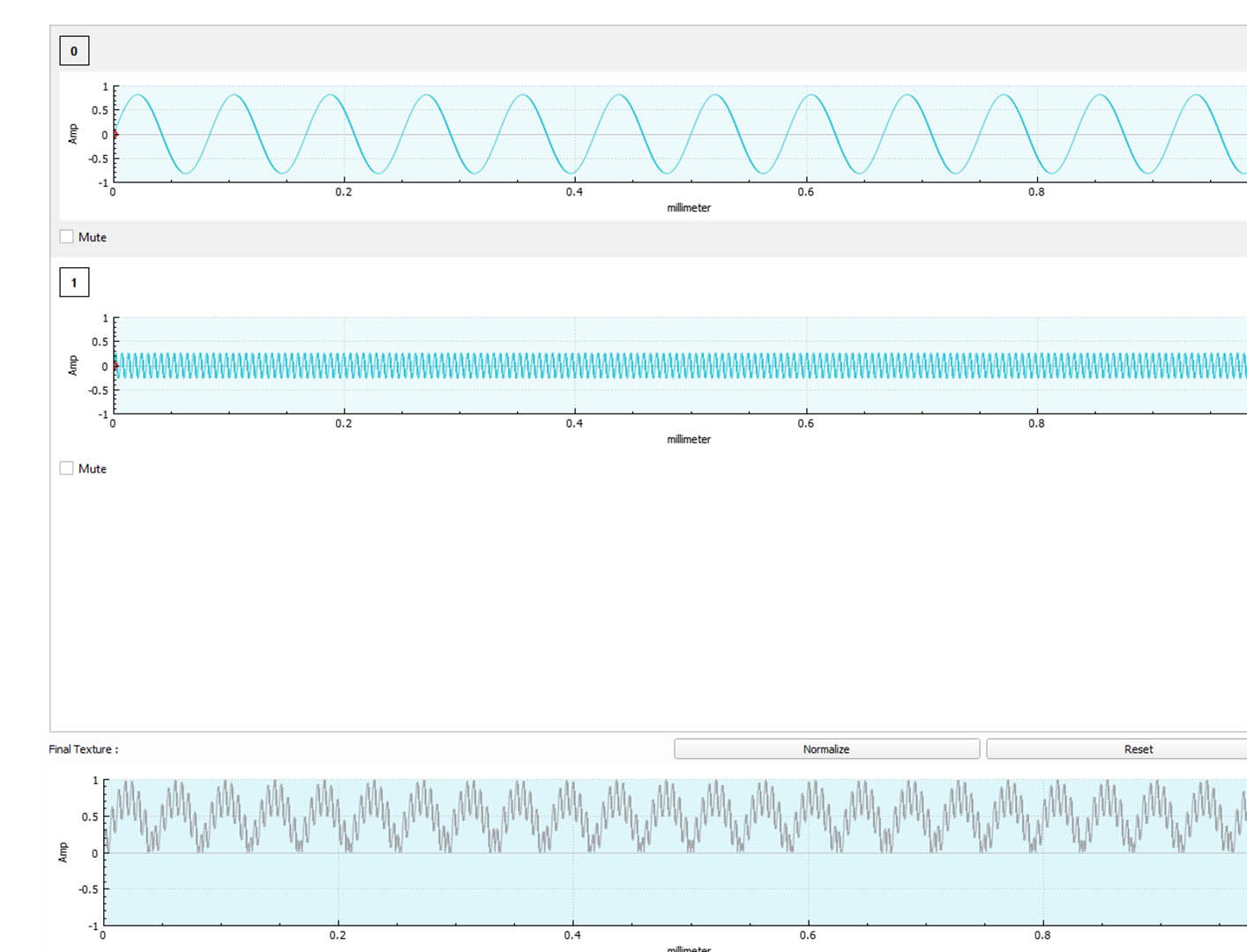
In our Demo, we created a specific section where 6 different haptic textures designs are represented. This is just an example of how haptic textures can enrich an XR experience.
For each material, we tried to extract a compelling tactile characteristic to be represented with haptics technologies.
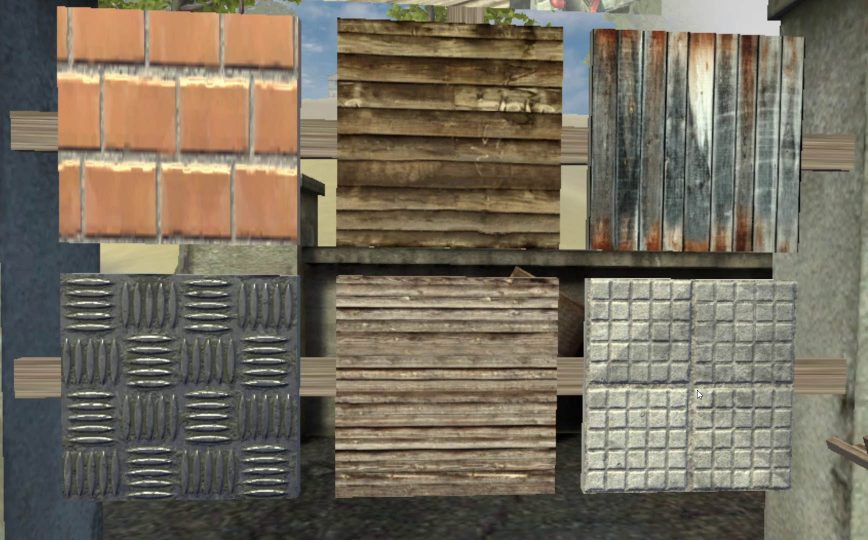
Haptic textures design: bricks
Each brick in the image above has its proper haptic textures design in extended reality. There is a haptic spike on the edges to define the hollow between the bricks. This haptic texture repeats itself for each brick.

Haptic textures design in extended reality: wood
All three wood representations are different in their consistency. However, the haptic textures serve the same purpose, namely to represent the hollow between the wooden strips. Indeed, it is through haptic feedback that you understand the difference in composition between each plank of wood.



Haptic textures: tile
As you can see in the preview of the Interhaptics Demo above, the tile panel includes multiple hollows. Therefore, haptic textures’ design will define their differences. While the haptic feedback will be a small vibration between each tile, a stronger vibration will represent the space in the central hollow. Thanks to haptic textures design for extended reality, you will be able to feel the difference between the two types of hollows.

In addition, without seeing it, you can understand which wave is horizontal or vertical in our metal case. Indeed, haptic textures design will be different for each direction.

Our brains have the wonderful faculty to recreate a sensation just with a few pieces of information. Therefore, thanks to haptic textures information, this big computer in our head will build a neuronal set. You could be surprised to find yourself imagining the crunchy sound of an old wooden plank, the cold of the metal, or the smell of a damaged piece of tile. That is why haptic texture design for extended reality is fundamental for XR development. This is because it enlarges the experience and quality of your XR experience.
Check out all our articles here to read about how haptics keep you immersed into your VR experiences. Extend your reality now by downloading Interhaptics and design, test and iterate your haptic experiences.
